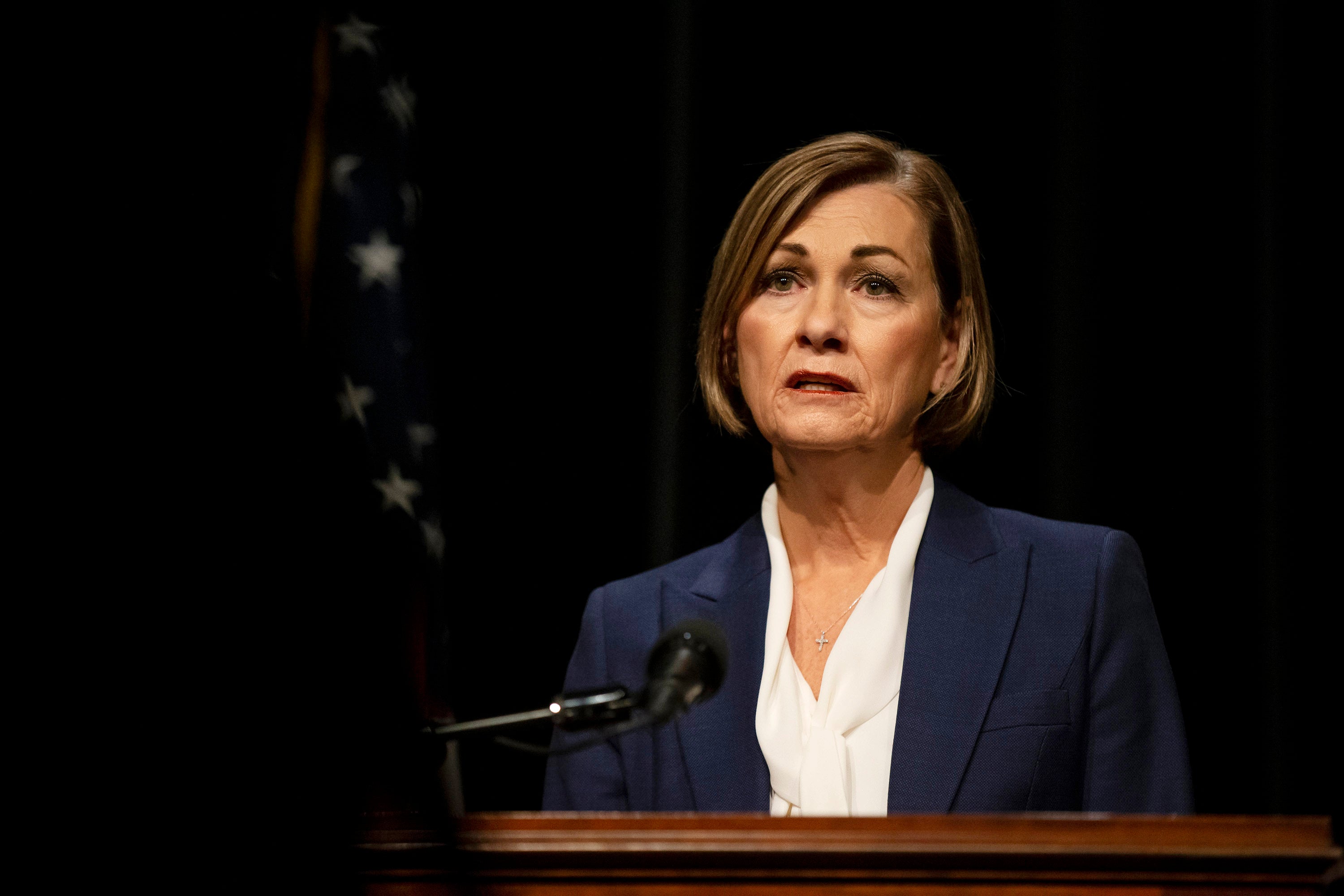‘This is what our communities used to be like’: Hide camp returns to N.W.T. after 3-year hiatus
Betty Hardisty, an elder living in Fort Simpson, N.W.T., has wanted to tan a hide her entire life.
She’s had at least five hides in storage for over a decade not knowing what to do with them.
After two weeks at a moose hide tanning camp, Hardisty walked away with her completed hide Friday.
“One of my goals in life,” Hardisty said of the accomplishment.

Hardisty said that she was never taught about tanning because of family separation and residential schools, but that she feels proud to reach her goal and appreciative of the guidance she received from instructors at the camp.
The camp ran from Aug. 2 to 13 in Łı́ı́dlı̨ı̨ Kų́ę́ First Nation outside Fort Simpson.
Dene Nahjo hosted the camp, making it the first hide tanning camp in three years due to cancellations related to pandemic restrictions on gathering.

Melaw Nakehk’o is one of the founding members of Dene Nahjo, a collective dedicated to creating spaces that help Indigenous people reconnect to cultural knowledge.
She’s also one of the instructors at the camp and said that helping to fill gaps in generational knowledge and teaching people like Hardisty is part of what she loves about it.
“There’s a lot of people that went to residential school, had very successful, incredible lives and are at a point where they’re wanting to come back and find and learn these types of things,” Nakehk’o said.
“Being able to help my elders and my aunties work on regaining this type of knowledge is really healing for our families and I think for our older people that did not have the opportunity to learn this from our elders.”
Scraping, soaking, smoking and stretching
There are a variety of techniques to hide tanning, though the process generally includes repeated scraping, soaking, smoking and stretching the hide.
After dozens of hours of working the hide, it softens into what is later used for jewlery, drums and clothing.
In the smoking step of the process, the smoke from spruce trees reacts with a brain paste spread over the hide to help break down enzymes and make it softer. The brain from one moose creates the perfect quantity of paste to spread over the hide of the same animal.
Approximately 100 people joined the two-week camp, from all over the country.
That includes those who camped onsite for the entire 14 days, those who stopped in during the days and others who popped by when they could.
With some participants bringing their kids to the camp, Nakehk’o said the intergenerational teaching goes in both directions.
“We wanted to normalize this type of work for our kids so they grew up just knowing,” she said.
“This is their normal. Whereas for us, when we grew up, it wasn’t as well practiced.”
Ashely Okrainec said she’s leaving the camp feeling “grounded” and “complete as a person.”
She described an elder handing her a piece of duck cooked over the fire as an example of community rooted in cultural practices. She said that feeling is something she’s been missing.
“Since COVID, there’s been more of a need to create these spaces to get back to feeling good, gathering, sharing with people and practicing our culture.”

Through lockdowns and gathering restrictions, Okrainec said she practiced beading on her own to stay culturally attuned, and skinned and sanded caribou arms to make tools.
“But it was definitely a challenge,” she said of practicing her culture through the pandemic.
Okrainec spent her time at the Łı́ı́dlı̨ı̨ Kų́ę́ camp tanning her first moose hide with the help of her mother, who has been working on hides for 20 years.
“My mom has a style and tricks, but here I’m learning from everyone,” she said.
“The fact that I can go back to Fort Simpson and set up camp in my backyard and invite my mom over to share her knowledge with me is the most amazing way that I can connect with her and with culture and with the land and with the moose and really learn and appreciate how much work goes into tanning a moose tide.”

For Nakehk’o, she said one of the most powerful moments at camp is when everyone has a job and is helping each other and there are kids running around and playing, “and there is this moment where it’s just like — this is what our communities used to be like.”
“Having a camp like this where our whole community is invited and coming, there’s people at different stages in where they’re at in their lives or their healing journey or, or how comfortable they are around cultural practices and being on the land … I find that it’s really healing for our families.”

